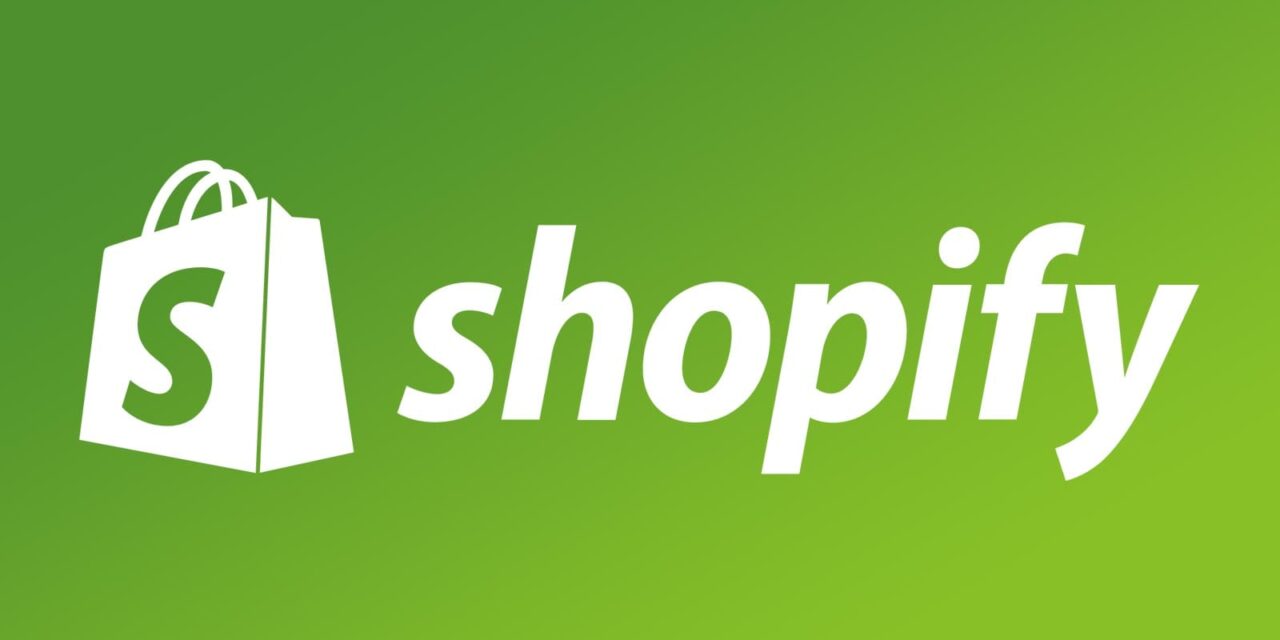In June 2021, Shopify’s Glen Coates sat down for a conversation with Alan Shimel, post Shopify’s Unite2021 conference which unveiled a lot of premium features for developers. Shopify has been the leading platform for e-commerce for almost a decade now and has catered to e-stores on regional as well as global levels. With an army of features, in-built themes and segregation of the front-end and back-end applications, it has only found competition in the recent few years in Magento and its upgrades.
As far as developers are concerned, Shopify has decided to expand their arsenal of tools to allow a greater degree of flexibility to the creativity demonstrated by the developer- truly making the platform their own. Some highlights to be taken from Shopify’s announcement are listed below.
- Add-ons To Shopify Core
Shopify Core is the pre-determined apps and themes you get in a regular Shopify e-commerce package box. As the demand for online businesses soared in 2020 due the coronavirus pandemic, Shopify has added many new cool documents, updates and applications for developers in their basic, built-in purchase.
- Catering To Specific Business Niches
Shopify began as a place where high-end North American apparel businesses found their online front-ends. Over the years, it has grown to include businesses worldwide, ranging from artificial jewellery industry to the buying and selling of pet and garden products. All these niches require and deserve their own space and individuality. To facilitate it, Shopify has made their platform more flexible by inviting businesses to design and customize their own niche websites.
- Technically Expanding Shopify To PlanetScale
Essentially, Shopify is making scaling your business easier. It used to have about a million business up until a few years ago, which has now expanded to a few millions. The scalability of your business is something that needs to be in sync with your popularity. And thus, Shopify can now hold approximately 30,000 visitors at checkouts for all kinds of businesses. Talk about expansion and how!
- Room For More Innovation
Themes on Shopify earlier came in neat little intertwined packages that the developers could only use as a whole. Shopify is attempting now to provide the developers themes in layers so that they can peel these layers, add or edit them, while they are developing their businesses on the platform- generated themes.
- Separate Platform For Customized Stacks
Shopify has launched a separate, out-of-the-box application stack called Hydrogen to let developers choose their own applications that fit into their business model, without compromising in the scaling or back-end processes of the platform.
- Customizing Checkout Apps
For the first time ever, Shopify is allowing developers to create their choice of checkout apps, featuring elements of their choosing to create unique check-out experiences for the users. This includes a blanket provision of Shopify’s security as well as scalability features, ensuring that the apps and the consumers are both happy, safe and satisfied with the e-commerce platform.
- Encouraging Economy For Developers By Cutting Down Revenue Shares
Developers are usually limited by the money the platform takes to build an idea that is theirs alone. Shopify has made a landmark decision of cutting down their revenue shares to 15 percent, as compared to an earlier 20 per cent, so that the developers can keep a fair amount afterwards. Additionally, Shopify plans on opening up their theme section to submissions from theme developers who wish to create and sell unique themes on the platform itself. Web design farm Sydney has been providing best seo services.
All in all, it seems to be an exciting time in Shopify Development module, brining out talented developers to the global audiences.





